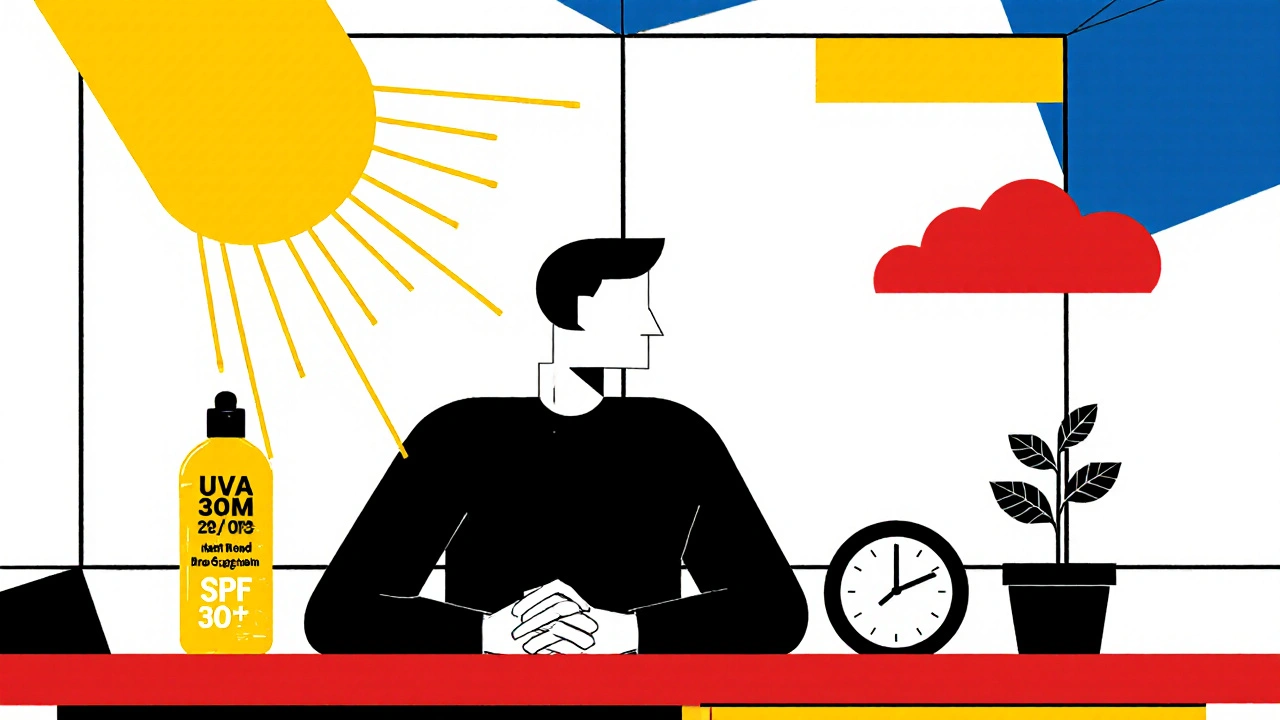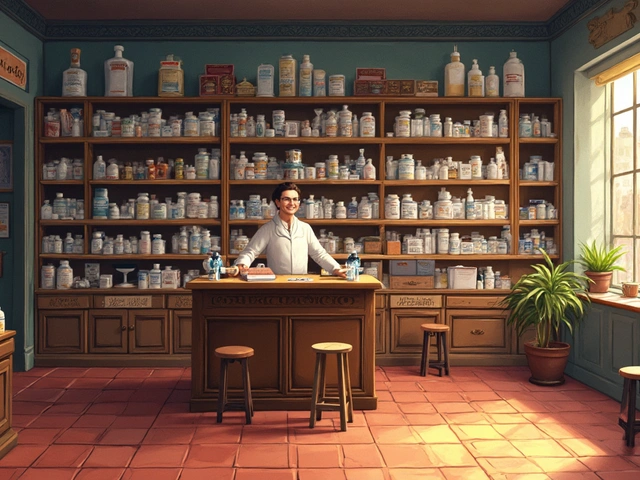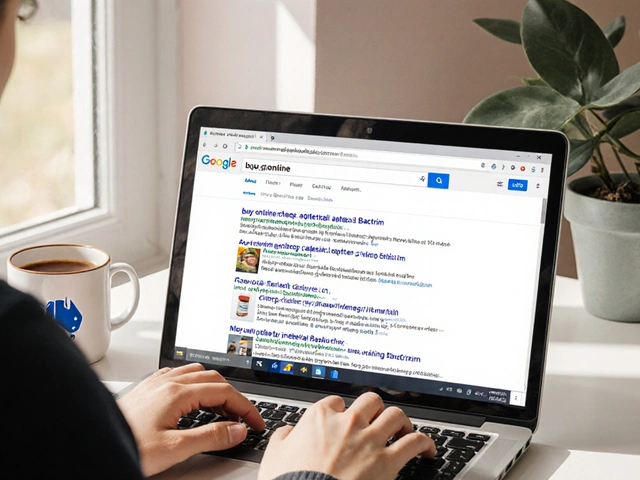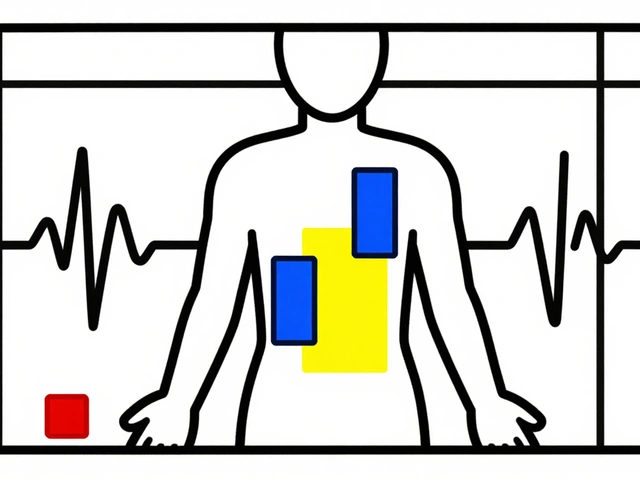Why Your Sunscreen Isn’t Doing What You Think It Is
Most people slap on sunscreen because they don’t want to get burned. But if you’re only thinking about sunburns, you’re missing the real danger. The sun doesn’t just make your skin red-it breaks your DNA. Every day, invisible UVA rays sneak through clouds and windows, aging your skin from the inside out. UVB rays burn the surface, but UVA? They’re the silent attackers behind wrinkles, dark spots, and skin cancer. And SPF? It’s not the full story.
What SPF Actually Means (And Why Higher Isn’t Always Better)
SPF stands for Sun Protection Factor. It measures how well a sunscreen blocks UVB rays-the ones that cause sunburn. SPF 30 blocks about 97% of UVB radiation. SPF 50 blocks 98%. That’s it. A 1% difference. Yet, SPF 100 doesn’t mean double the protection. It’s a marketing illusion. The numbers rise fast at first, then plateau. SPF 15 blocks 93%. SPF 30? 97%. SPF 50? 98%. After that, you’re getting almost nothing extra.
Here’s the catch: most people apply less than half the amount they should. Dermatologists recommend a quarter-teaspoon for your face. But 90% of us use way less. That drops your SPF 30 to the equivalent of SPF 10 or even SPF 7.5. So if you’re using SPF 50 but skimping, you’re not getting any more protection than someone using SPF 30 correctly. The real win isn’t the number-it’s how much you use and how often you reapply.
UVA vs. UVB: The Two Faces of Sun Damage
Not all UV rays are the same. UVB rays are short and angry. They hit the top layer of your skin, causing burns, blisters, and direct DNA damage that leads to melanoma. They’re strongest between 10 a.m. and 4 p.m. and vary by season and location.
UVA rays? They’re longer, quieter, and everywhere. They make up 95% of the UV radiation that reaches Earth. They penetrate deeper into your skin, breaking down collagen and elastin. That’s why you get wrinkles, sagging, and brown spots-even on cloudy days or through a car window. UVA doesn’t burn you. It just quietly ages you. And it’s the same intensity all year, even in winter.
That’s why “broad spectrum” isn’t just a buzzword. It’s the only label that tells you the product protects against both types. Without it, you’re only half-protected.
Mineral vs. Chemical: Which One Should You Actually Use?
There are two main types of sunscreen: mineral and chemical. Mineral sunscreens use zinc oxide and titanium dioxide. They sit on top of your skin and physically block UV rays like a shield. Chemical sunscreens use ingredients like avobenzone, octinoxate, and oxybenzone. They absorb UV rays like a sponge and convert them into harmless heat.
Mineral sunscreens are gentler. They’re less likely to irritate sensitive skin or trigger breakouts. That’s why so many people with acne or rosacea swear by them. But they often leave a white cast, especially on darker skin tones. That’s changing. New formulas use micronized particles that blend better. Brands like La Roche-Posay and CeraVe now offer tinted mineral options that disappear on the skin.
Chemical sunscreens tend to feel lighter and absorb faster. But some ingredients, like oxybenzone, can irritate skin or cause stinging around the eyes. They’re also linked to coral reef damage, which is why Hawaii and other places have banned them. If you’re swimming in the ocean or care about the environment, avoid oxybenzone and octinoxate.
Bottom line: If your skin is sensitive, go mineral. If you hate white cast and don’t have reactions, chemical works fine. The best sunscreen is the one you’ll actually wear every day.

How to Apply Sunscreen So It Actually Works
Applying sunscreen like you’re painting your face won’t cut it. You need precision.
- Use a quarter-teaspoon for your face and neck.
- Apply it after moisturizer but before makeup. Wait 15 minutes before putting on foundation-this stops pilling.
- Don’t forget ears, neck, lips (use a lip balm with SPF), and the tops of your feet if you’re wearing sandals.
- Reapply every two hours. If you’re sweating or swimming, reapply right after-even if it says “water resistant.”
- Water-resistant doesn’t mean waterproof. It means it lasts 40 or 80 minutes in water. After that, it’s fading fast.
And here’s a pro tip: If you wear makeup, use a sunscreen that doubles as a primer. Or keep a mineral powder sunscreen with SPF 30+ in your bag for touch-ups. Sprays are convenient, but you need to spray generously and rub it in. Most people just mist and think they’re covered. They’re not.
The New Rules: What’s Changed in 2025
Regulations are catching up to the science. In 2023, the Skin Cancer Foundation raised its seal requirements: daily use sunscreens now need SPF 30+ (up from SPF 15), and active formulas need SPF 50+ (up from SPF 30). Why? Because research shows even low-level daily UV exposure adds up over time. That’s why dermatologists now say sunscreen isn’t just for beach days-it’s like brushing your teeth. Daily.
The FDA is also cracking down. By December 2025, any sunscreen sold in the U.S. that doesn’t clearly label “broad spectrum” will be pulled from shelves. And there’s talk of capping SPF labels at SPF 60+, because higher numbers mislead people into thinking they’re invincible.
Also new: more sunscreens now test for UVA protection using UVA-PFdx. To pass, a product must block at least one-third of its labeled SPF in UVA. So SPF 50 must offer at least UVA-PF 15. That’s stricter than before. Look for this on the back label.
Real People, Real Results
On Reddit, users report life-changing results after switching to mineral sunscreen. One person wrote: “My acne cleared up in three weeks. I didn’t even change my skincare routine-just swapped sunscreen.” Another said: “I used to get red, itchy cheeks every summer. Now I wear zinc oxide and nothing happens.”
But it’s not perfect. Many still complain about white cast, greasy feel, or pilling under makeup. The key is finding the right formula. Look for “non-nano zinc oxide” for sensitive skin. Avoid fragrances and alcohol. And don’t be afraid to try three different brands before giving up.
On Amazon, top-rated sunscreens like La Roche-Posay Anthelios SPF 50 have over 8,000 reviews with 4.4 stars. The most common praise? “No white cast.” The most common complaint? “Too greasy.” So if you’re oily, look for “oil-free” or “matte finish.” If you’re dry, go for “hydrating” or “ceramide-infused.”

Why You Need This Every Single Day
Even in Sydney, where the UV index hits 12 in summer and still climbs to 3-4 in winter, daily sunscreen is non-negotiable. Australia has the highest skin cancer rate in the world. That’s not because people don’t know about the sun. It’s because they think they’re safe on cloudy days or when they’re just walking to the car.
Dr. Leslie Baumann says it best: “UVA rays are equally intense all day, every day, and they go through glass.” That means your desk by the window? Your morning commute? Your lunch break outside? All exposure. All adding up.
Studies show that daily use of SPF 30+ reduces your risk of melanoma by 50%. It cuts squamous cell carcinoma by 40%. And it prevents 90% of visible skin aging. That’s not a luxury. It’s prevention. Like wearing a seatbelt. You don’t wait for a crash to buckle up.
What to Look for on the Bottle in 2025
- Broad Spectrum - Non-negotiable. If it’s not there, don’t buy it.
- SPF 30 or higher - SPF 50 is ideal if you’re outdoors a lot or have fair skin.
- Water resistant (40 or 80 min) - Only if you sweat or swim.
- Ingredients - Zinc oxide or titanium dioxide for sensitive skin. Avoid oxybenzone if you’re reef-conscious or acne-prone.
- No fragrance - Especially if your skin stings or reacts.
- Expiration date - Sunscreen loses potency after two years. If it’s old, toss it.
Final Takeaway: Sunscreen Isn’t Optional. It’s Your Skin’s Best Defense.
You don’t need the fanciest, most expensive product. You don’t need SPF 100. You just need to use a broad-spectrum SPF 30+ every single day-rain or shine, winter or summer. Apply enough. Reapply often. And don’t skip your neck, ears, and hands. Your future self will thank you.
Think of it this way: every time you skip sunscreen, you’re betting your skin’s health on luck. The sun doesn’t care if you’re in a hurry. It doesn’t care if it’s cloudy. It’s always there. And your skin doesn’t get a second chance.
Is SPF 30 enough for daily use?
Yes, SPF 30 is the minimum recommended for daily use by the American Academy of Dermatology and the Skin Cancer Foundation. It blocks 97% of UVB rays. The key isn’t the number-it’s applying enough (a quarter-teaspoon for your face) and reapplying every two hours. Higher SPFs offer only slightly more protection, but they help if you’re applying too little.
Do I need sunscreen on cloudy days or in winter?
Absolutely. Up to 80% of UV rays penetrate clouds. UVA rays, which cause aging and skin cancer, are just as strong in winter as in summer and can pass through windows. Daily sunscreen isn’t just for beach days-it’s part of your morning routine, like brushing your teeth.
What’s the difference between mineral and chemical sunscreen?
Mineral sunscreens (zinc oxide, titanium dioxide) sit on top of the skin and reflect UV rays. They’re less likely to irritate sensitive or acne-prone skin but can leave a white cast. Chemical sunscreens absorb UV rays and convert them to heat. They feel lighter and blend better but may cause stinging or breakouts in some people. Choose based on your skin type and concerns.
Why does my sunscreen pill under makeup?
Pilling happens when sunscreen doesn’t absorb fully before applying other products. To fix it, wait 15 minutes after applying sunscreen before putting on moisturizer or makeup. Use a lightweight, fast-absorbing formula. Avoid layering too many thick products on top. Mineral sunscreens are more prone to pilling-try a tinted version or a chemical sunscreen if this is a problem.
Are expensive sunscreens better than drugstore ones?
Not necessarily. Many drugstore brands like CeraVe, Neutrogena, and La Roche-Posay offer broad-spectrum SPF 30+ formulas that meet FDA standards and are dermatologist-tested. Price often reflects packaging, fragrance, or marketing-not better protection. Look for the same key ingredients: zinc oxide, avobenzone, and broad-spectrum labeling. You don’t need to spend $50 to protect your skin.
How often should I reapply sunscreen?
Every two hours if you’re outside. If you’re sweating, swimming, or wiping your face, reapply immediately-even if the bottle says “water resistant.” Water resistance only lasts 40 or 80 minutes. After that, protection drops dramatically. Don’t wait until you’re burned to reapply.
Can sunscreen prevent skin cancer?
Yes. Daily use of SPF 30+ reduces your risk of melanoma by about 50% and squamous cell carcinoma by 40%. It also prevents UV-induced DNA damage that leads to cancer over time. Sunscreen is one of the most effective, proven ways to lower your skin cancer risk-especially when combined with hats and shade.
Is nanoparticle zinc oxide safe?
Yes. Current research shows that zinc oxide nanoparticles used in sunscreens do not penetrate healthy skin. They sit on the surface and block UV rays. Regulatory agencies like the FDA and the Therapeutic Goods Administration in Australia have reviewed the evidence and consider them safe. The bigger concern is environmental impact-some chemical filters harm coral reefs, which is why reef-safe formulas avoid oxybenzone and octinoxate.






Aidan McCord-Amasis
November 15, 2025 AT 01:30Katie Baker
November 15, 2025 AT 12:58Ryan Airey
November 15, 2025 AT 19:37Jennifer Walton
November 16, 2025 AT 20:15Ogonna Igbo
November 18, 2025 AT 12:19Shyamal Spadoni
November 20, 2025 AT 07:56Kihya Beitz
November 20, 2025 AT 15:34BABA SABKA
November 21, 2025 AT 15:22Hollis Hollywood
November 21, 2025 AT 22:38Edward Ward
November 23, 2025 AT 09:33Jonathan Dobey
November 25, 2025 AT 07:47Adam Dille
November 25, 2025 AT 19:19ASHISH TURAN
November 27, 2025 AT 12:33John Foster
November 27, 2025 AT 22:12Chris Bryan
November 28, 2025 AT 02:24